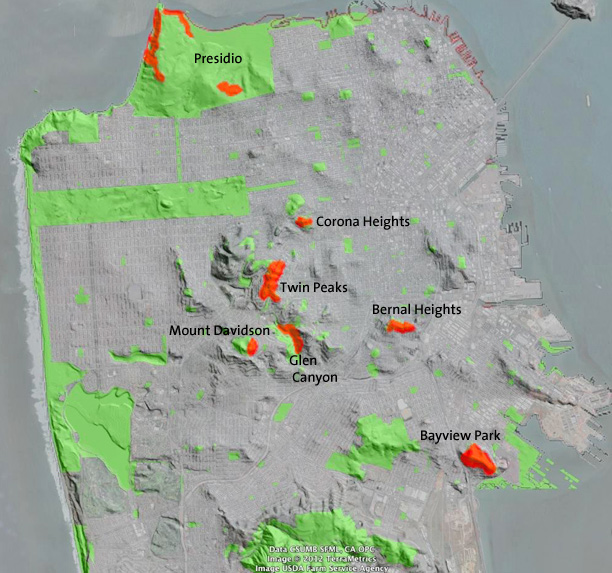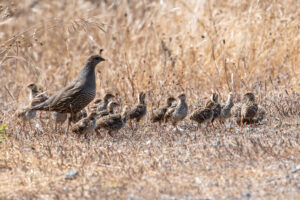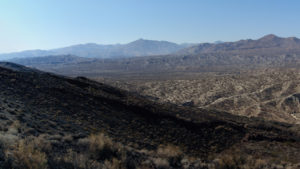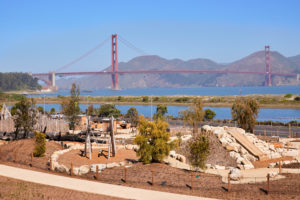Last week, the U.S. Fish and Wildlife Service added the Franciscan manzanita to the federal endangered species list and proposed new critical habitat in San Francisco for this famous flowering shrub.
The critical habitat designation, though only in draft form for public comment, is a first for San Francisco.
“There is no other critical habitat [for any federally protected species] within San Francisco city or county to our knowledge,” says Fish and Wildlife spokesperson Sarah Swenty.
It goes without saying that almost all of that proposed habitat does not currently host the Franciscan manzanita. As we reported in 2010, the plant was presumed extinct in the wild for decades until a single plant was discovered in the Presidio by Dan Gluesenkamp, now the statewide director of the California Native Plant Society. Earlier this year, the surviving plant became famous nationwide after conservatives attacked the effort to save it as an example of wasteful government spending.
Brent Plater, founder and executive director of the Wild Equity Institute, led the effort to petition for the plant’s quick protection under the Endangered Species Act. Plater has also led several “Big Year” projects to highlight the large number of endangered or threatened species that live in or near San Francisco, from mission blue butterflies on Twin Peaks to snowy plovers on Ocean Beach to blue whales off the Farallones.
But none of those species have had official critical habitat designated in the city.
“As far as the seven by seven square miles of San Francisco, this is the first one,” Plater says.
How important that precedent ends up being may depend on the recovery plan that federal officials eventually develop. First, the proposed critical habitat is up for 60 days of public comment followed by potential revision before being finalized, likely in the next year. Only then will federal biologists develop a recovery plan for the species.
The proposed habitat areas cover just over 300 acres, about two-thirds of which are in lands managed by the San Francisco Department of Parks and Recreation’s Natural Areas Program.

Since no plants are present in those areas, however, the designation won’t make much difference on the ground, at least at first.
“There is no implication for their management practices unless they need a federal permit,” Swenty explains.
But Natural Areas Program director Lisa Wayne says she’s looking forward to possible restoration of the plants.
“I think it’s exciting,” Wayne says. “It’s an acknowledgement that open spaces in dense urban areas can still function to support these critical species.”
We were unable to reach Michael Chasse, stewardship coordinator with the National Park Service and lead author of the collaborative conservation plan for the manzanita.
But Tom Parker, a manzanita expert at San Francisco State University, stressed the importance of establishing multiple wild populations of both the Franciscan manzanita and the Presidio’s other sole survivor, the Raven’s manzanita.
“There are special funds to enhance the populations of federally endangered plants,” says Parker. “So that will give them the opportunity to go to the botanic gardens and get cuttings and then really invest time into it to make other populations.”
You can comment on the critical habitat designation at regulations.gov rulemaking portal.

.jpg)



